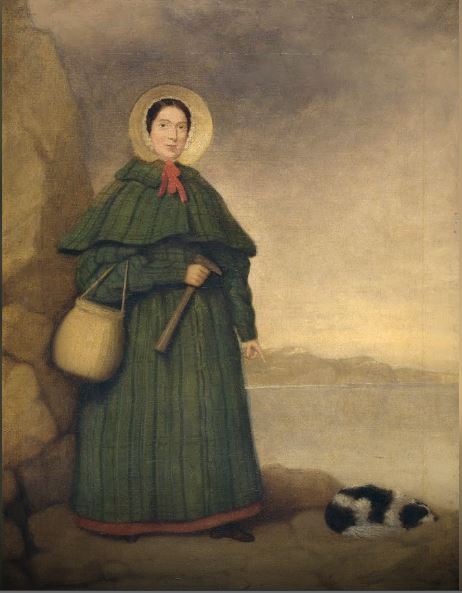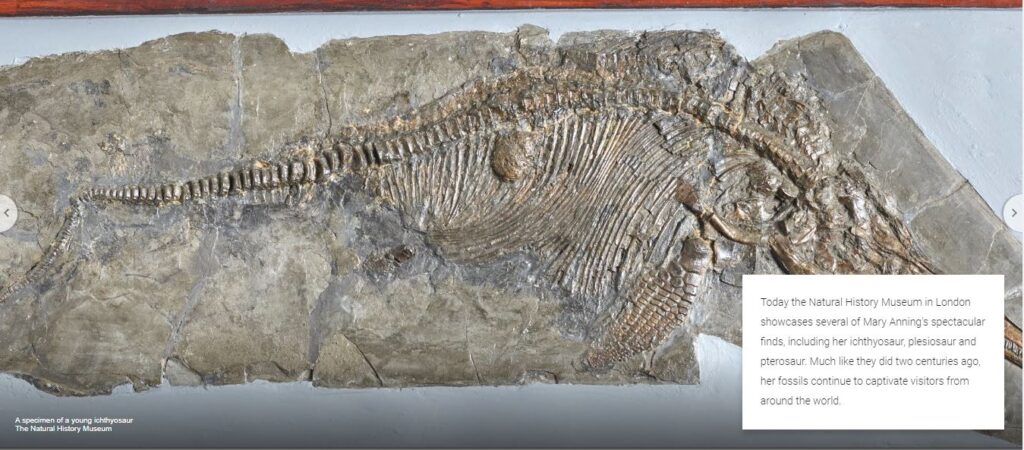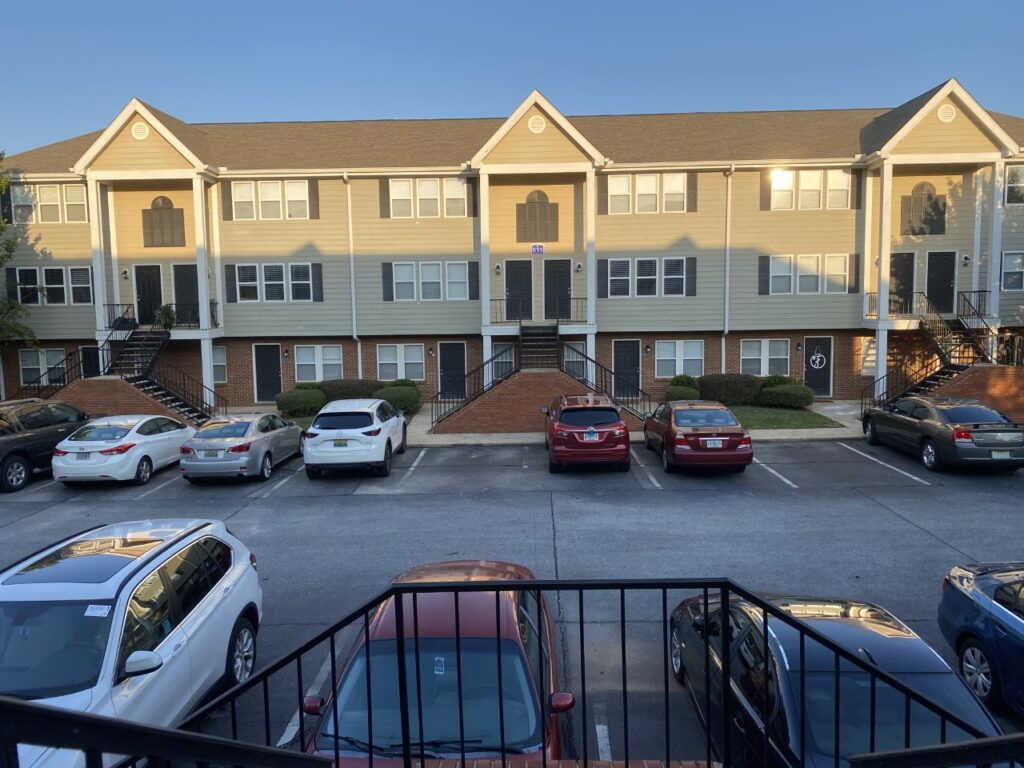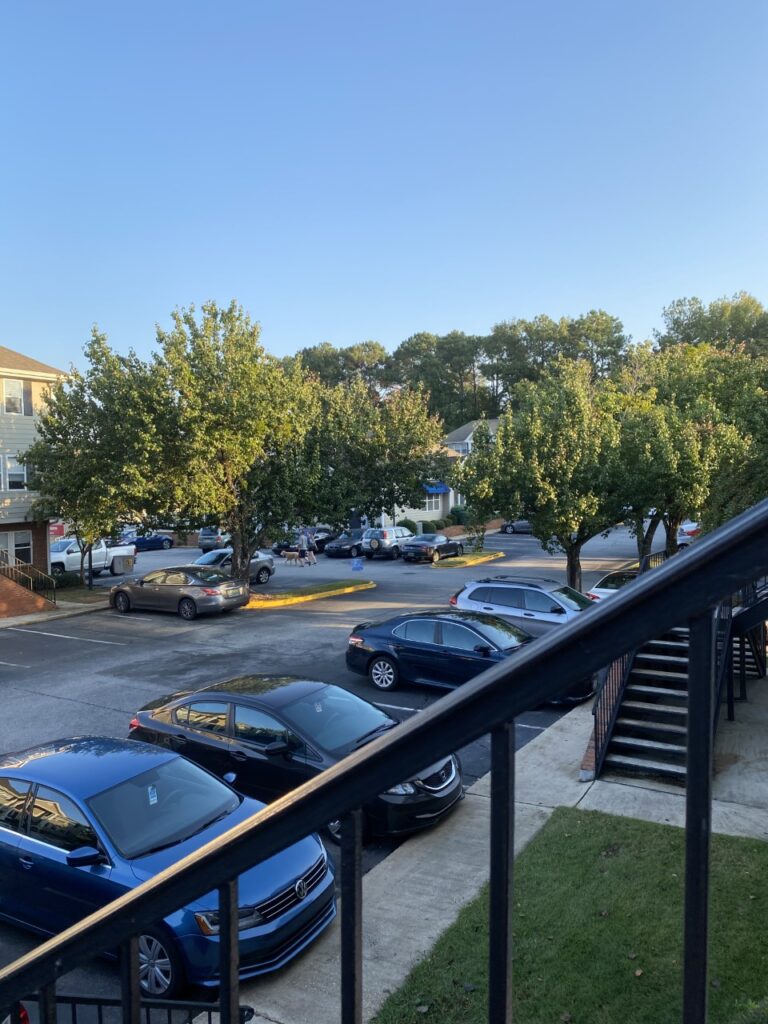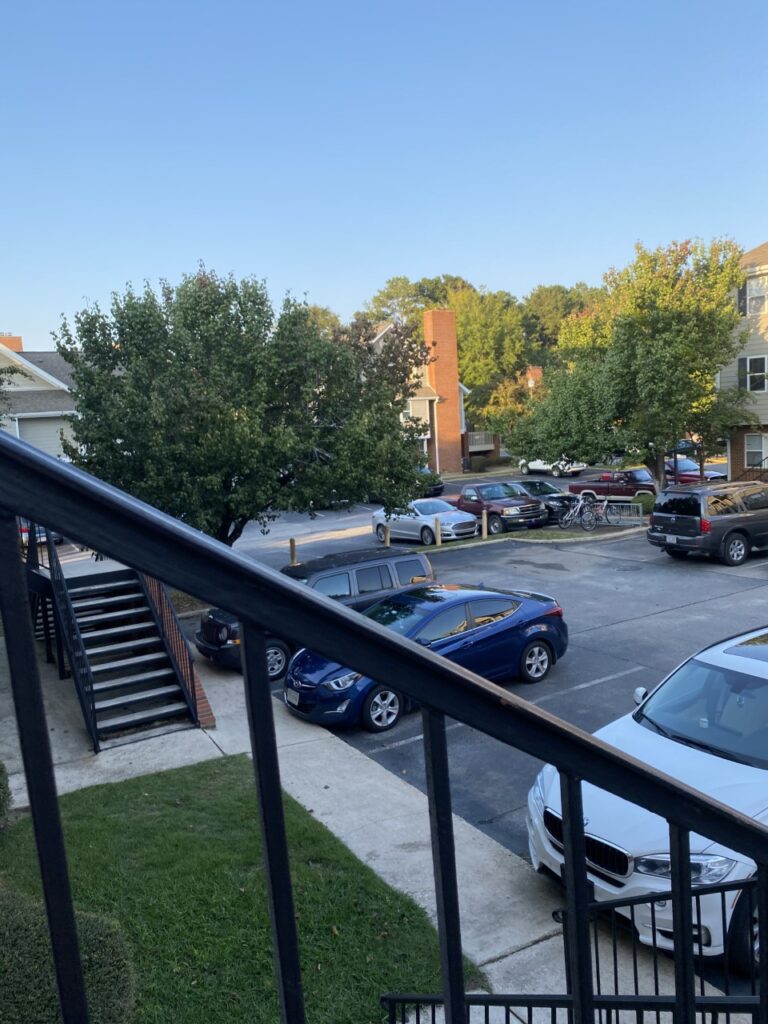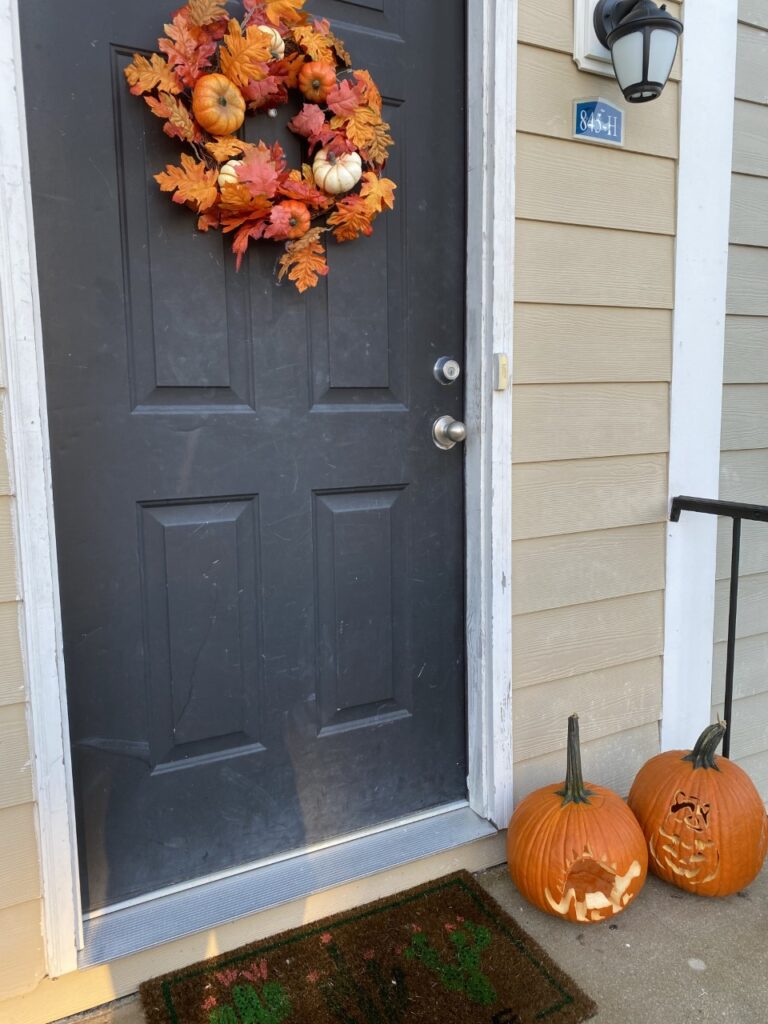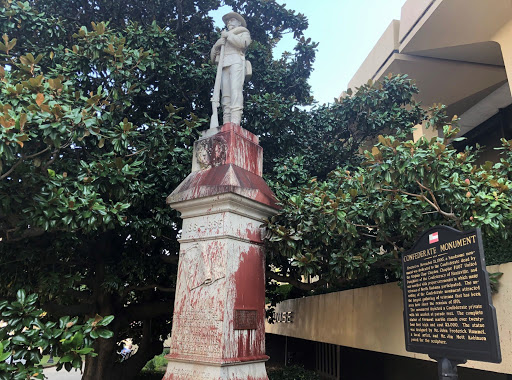Over the course of this semester, we have consumed ourselves with questions of what public history is and how we should approach the field, so it seems natural that our parting question should be, “Where do we go from here?” Although the most prominent historical problem facing our current society are issues of Confederate memorials across the nation, I would instead like to focus on how museums react to complicated histories and relate this information to the public.
James Gardner’s speech for the National Association of Public History asks these questions concerning his position at the Smithsonian National Museum of American History: “How do we tell history as it really was rather than as we wish it had been? How do we as public historians avoid yielding to our own insecurities and keep focused on interpreting history? How do we do good history instead of spending all our time worrying about whom we might offend?” (12) These are not easy questions to answer, and I think every single historian, both public and otherwise, knows that there WILL be offended people, no matter how politically correct or neutral the exhibit.
While it is a complex problem for an undergraduate history major to approach, there are a few fundamental steps that public-facing historical institutions like museums could take to ensure widespread support. As we read at the beginning of the year, many institutions reissued mission statements to realign themselves with preserving minority historical records; the Alabama State Archives acknowledged their position as a mostly white organization in need of more artifact diversity. The Statement of Recommitment was a smart move for an institution steeped in historical racism and originally grounded itself in preserving Confederate history. In our current political climate, it is necessary for those places concerned with public-facing historical interpretation to maintain positive representation both in the media and the populace. While statements such as these must also be backed by action to mean anything, it is a step in the right direction to acknowledge the flawed history of a department devoted to preserving Alabama history.
Another route that many museums have begun taking in the past few decades is collecting and presenting the narratives of minorities and historically oppressed peoples. Rather than focusing solely on stories that have been told countless times, many museums are working to reinterpret the past through the lens of those who have often been silenced. The Smithsonian’s two newest museums, the National Museum of African American History and Culture and the National Museum of the American Indian (both built within the past twenty years), are examples of a new dedication to these victims of America’s past. Their historical artifacts and exhibitions present an important narrative of American history that has been overlooked since the professionalization of history; the origins of historic preservation as an upper-class white pastime did not bode well for either Native Americans or African Americans before more modern issues of representation were raised.
All of this boils down to one basic tenant that public history must continue to value – representation. Institutions must continue to acknowledge past shortcomings and work to remedy them to maintain public support in uncertain social climates and continue progressing their historical education.
